How to access the scope variable widgets from chrome's console
function MyCntrl($scope) {
$scope.widgets = [
{text:'Widget #1', datarow:1, datacol:1, datasizex:3, datasizey:3},
{text:'Widget #2', datarow:2, datacol:1, datasizex:3, datasizey:3},
{text:'Widget #3', datarow:1, datacol:2, datasizex:3, datasizey:3},
{text:'Widget #4', datarow:2, datacol:2, datasizex:3, datasizey:3}
];
Something like $scope.widgets simply doesn't work in the console!
